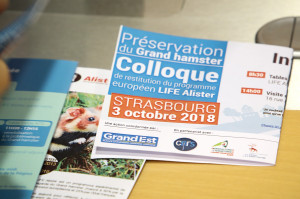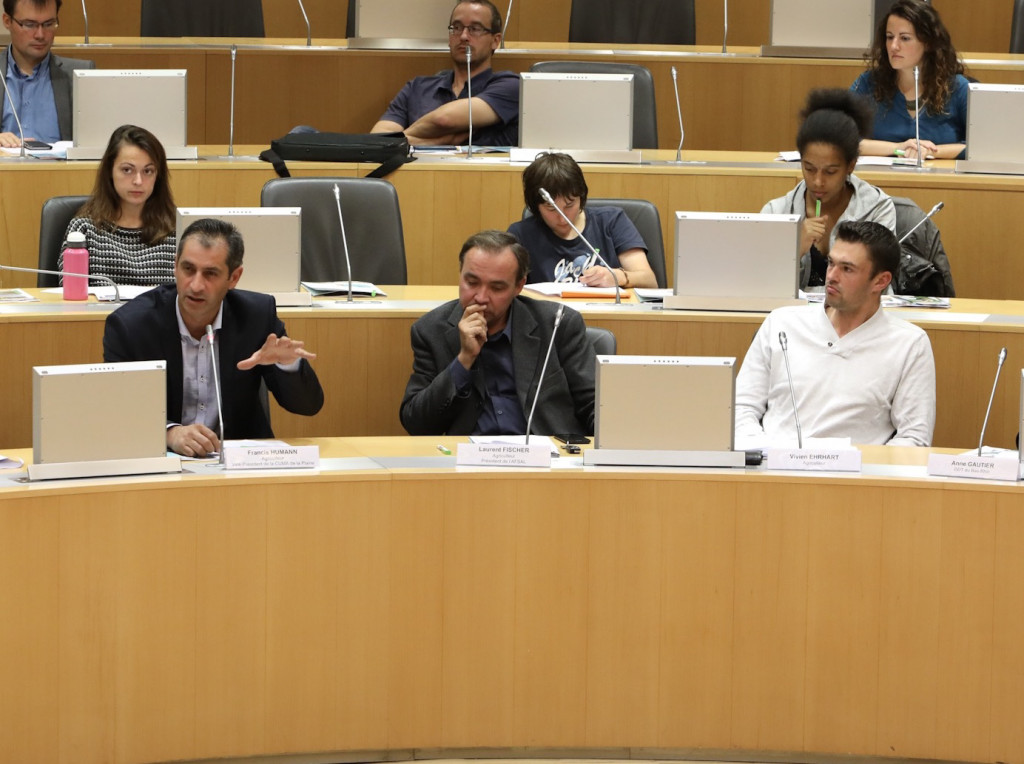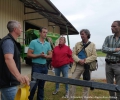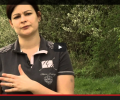The Symposium Proceedings are online
2 avril 2019This past 3 October the Results Symposium of LIFE Alister took place in Strasbourg in the Grand Est Region assembly hall. This day was a time for action-leaders to share key lessons learned from this project, allowing them to meet
parties involved in saving the European hamster during plenary meetings in the morning and fieldwork-workshops in the afternoon
The first roundtable was intended for the major part of the LIFE Alister project: agriculture. After speeches by project partners such as the Alsace Chamber of Agriculture, the CNRS and the ONCFS, it was the turn of some farmers who had agreed to participate in the tests and who had accepted to express their views. This is when the most powerful messages were given.
LIFE Alister, the beginning of another form of partnership with farmers
“LIFE Alister was a real turning point in the way of approaching biodiversity and everything was done on a volunteer basis which is an important thing to mention” Laurent Fischer, farmer and president of the AFSAL (Farmers and Wild Animals in Alsace).
“The specificity of CUMA de la Plaine is linked to its creation: 500 letters were sent, allowing us to bring together a core of 16 motivated farmers. The aim of CUMA is to facilitate purchasing very expensive equipment which we could have never bought individually. As an example, a direct seeding machine costs 50,000 euros. Having one has allowed us to test new methods collectively. Innovation and progress research allows us to share experiences and validate failures, which makes it easier to cope and helps prevents the same mistakes from being made over and over again. There is a strong sense of solidarity amongst farmers, and we regularly give each other advice during organized meetings. Before the programme, even with the NPA, this sort of synergy didn’t exist. However, agricultural operations companies had to be reassured as with the CUMA and the cutting-edge material purchased, they were worried about unfair competition. Rules were implemented and it was clearly established that the CUMA should only be used for agronomic testing purposes. We are not here to sell services.” Francis Humann, farmer and vice-president of the CUMA de la Plaine, created as part of the LIFE Alister
What other farmers think about those participating in the tests
Vivien Ehrhart: “Let me re-establish the context. The older farmers had actually been paid to eliminate the European hamster and now we are paid to guarantee their protection. But this animal still has a bad reputation and that’s why it’s not always easy dealing with what other people think. As a young farmer, I’m very attuned to preserving the biodiversity and I try to conciliate both the interests of this mammal and those of farmers. But it’s not always easy. For example, in 2015, the vegetation cover was oats and it had taken over the corn. The yield that year was less and that’s why conserving the European hamster requires considerable efforts from agricultural professionals. This loss of profit really frightens my plot-neighbours who have a negative opinion of my commitment even if, for the most part, this programme is fairly well accepted by non-participating farmers.”
Will the practices linked to conserving the European hamster lead more towards organic methods?
“With organic farming, we didn’t wait for these concerns regarding the European hamster to worry about our soil quality. monoculture isn’t possible so we grow many crops. The hamster zone has made the conversion to organic farming much easier.” Francis Humann, farmer and vice-president of CUMA de la Plaine, created as part of the LIFE Alister
All the presentations and discussions can be viewed on the LIFE Alister website: HERE
All the presentations and discussions can be viewed on the LIFE Alister website:





